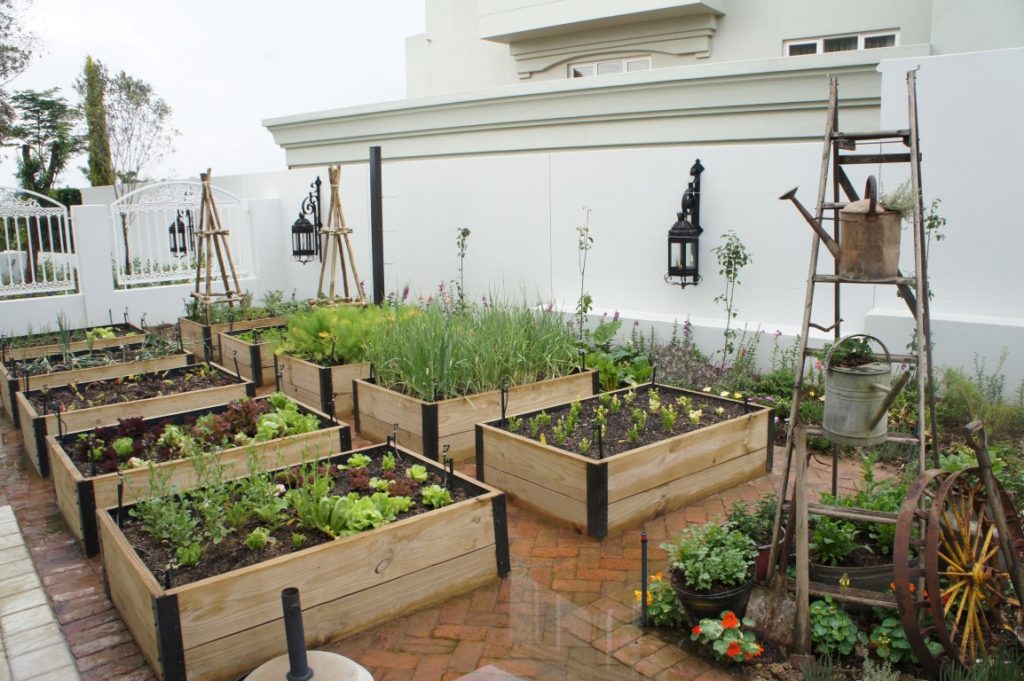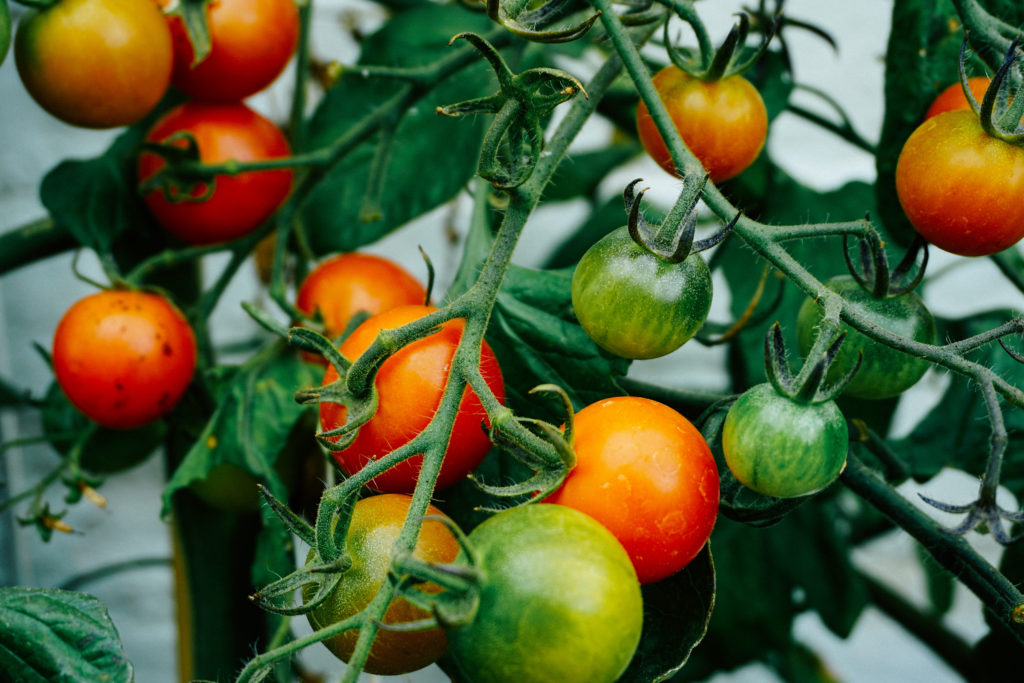Growing your own veggies has become very popular, and a stylish way to go about it is by using raised boxes. Follow this guide on how to make a stylish container veggie garden.
“They’re easier on the back and make weeding and fertilising simpler,” says Warren Lange of Hortcouture who created this garden.
READ MORE: DIY Self-watering containers

How to do it:
He recommends using boxes 45-60cm high, 80-240cm long and 80-120cm wide so that you can reach the centre. “Use treated pine to make the boxes and line them with plastic to extend their lifespan. Add climbing frames for vegetables like beans and peas,” he advises. “Reduce water needs by adding vermiculite or water retaining granules to the soil and mulch with straw to reduce evaporation. Another good idea is to cover the paths between the boxes with gravel or nut shells – the sharp edges keep snails away.”
What to plant in your container garden?
For smaller boxes, choose shallow-rooted vegetables like lettuces and Asian greens. Larger containers are ideal for robust vegetables such as eggplant and squash.
READ MORE: 10 tips for planting eye-catching containers

Mix it up with companion gardening.
If you’re planning on filling each box with a mix of edibles, consider companion planting. This involves teaming different plants together because they benefit from each other in some way, for example by acting as an insect repellent or as an eco-friendly fertiliser. Remember to select varieties with similar water requirements. Some happy container combinations are:
- Spring onions, lettuce and radishes
- Cherry tomatoes up an obelisk with basil at the base and nasturtiums trailing over the edge.
- Eggplant, Swiss chard and a selection of various sages.
How to care for your crops:
Feeding: Feed plants in boxes more regularly as the nutrients are washed out of the potting soil. Use a dry organic fertiliser every three to four months and a liquid organic fertiliser every month.
Watering: Water boxes more frequently than plants in the ground as they dry out faster. Check them regularly. Installing an irrigation system, such as a drip pipe wound through the boxes, will ensure your plants won’t die from lack of water.

